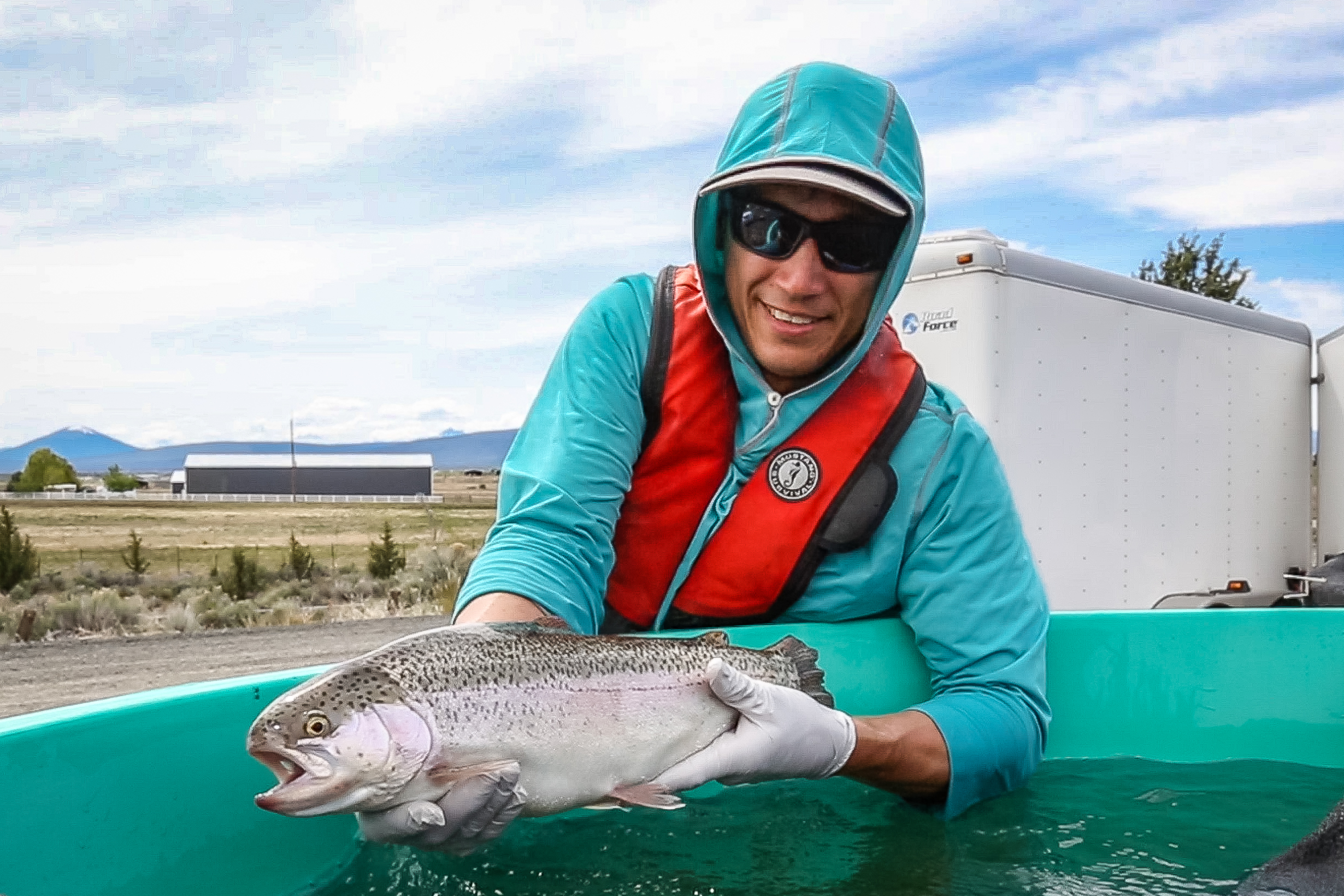How fish-safe hydropower technology could keep more renewables on the grid


Since many of those facilities were started up, there have been significant changes to environmental requirements, and some plants may face high costs and difficult engineering work as they try to adhere to new rules and stay in operation. Adding screens to basically filter fish out of the intake for hydropower plants is one potential solution in some cases, but both installation and maintenance of such a system can add significant cost. In these facilities, Natel’s technology represents an alternative, Schneider says.
Natel has installed several projects in Maine, Oregon, and Austria. They all involve relatively small turbines, but the company is on the way to undertaking bigger projects and recently won a bid process with a manufacturing partner to supply a larger turbine that’s three meters in diameter to an existing plant, Schnieder says. The company is also licensing its fish-safe turbine designs to existing manufacturers.
Whether utilities move to adopt fish-safe design could depend on how it affects efficiency, or the amount of energy that can be captured by a given water flow. Natel’s turbine designs will, in some cases, be slightly less efficient than today’s conventional ones, Schneider says, though the difference is marginal, and they likely still represent an improvement over older designs.
While there’s sometimes a trade-off between fish-safe design and efficiency, that’s not the case with all novel turbines in all cases. A 2019 study from the US Army Corps of Engineers found that one new design improved fish safety while also producing more power.
Slotting new turbines into hydropower plants won’t solve all the environmental challenges associated with the technology, though. For example, the new equipment would only be relevant for downstream migration, like when eels move from freshwater rivers out into the ocean to reproduce. Other solutions would still be needed to allow a path for upstream migration.
Ideally, the best solution for many plants would likely be natural bypasses or ramps, which allow free passage of many species in both directions, says Ana T. Silva, a senior research scientist at the Norwegian Institute for Nature Research. However, because of space requirements, these can’t always be installed or used.

NATEL
People have been trying to improve fish passage for a long time, says Michael Milstein, a senior public affairs officer at NOAA Fisheries, part of the US National Oceanic and Atmospheric Administration. The solutions in place today include fish ladders, where fish swim or hop up into successively taller pools to pass dams. Other dams are too tall for that, and fish are captured and loaded onto trucks to go around them.
The challenge, Milstein says, is that “every river is different, and every dam is different.” Solutions need to be adapted to each individual situation, he adds; fish-safe turbines would be most important when there’s no bypass and going through a facility is the only option fish have.


